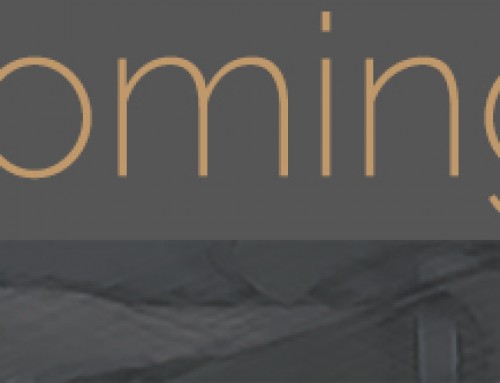
On the reverse, footage of U.S. military interrogations of two prisoners in Afghanistan, one saying over and over again that he cannot remember his birthday. Poitras has not shied away from the subjects she has tackled head-on as a filmmaker in her 9/11 Trilogy, which consists of her three feature-length documentary filmsA�My Country,A�MyA�CountryA�(2006),A�The OathA�(2010) andA�CitizenfourA�(2014).

Installation view of Laura Poitras: Astro Noise (Whitney Museum of American Art, New York, February 5a��May 1, 2016)
In the next room, Bed Down Location is a projection of the night skies over Yemen, Somalia, and Pakistan, over which the sound of drones flying, and recordings of radio noise heard at the edge of the universe (which inspired the exhibition title) provide an eerie soundtrack. Here, for the first time, Poitras guides the visitor on a very specific journey, which escalates with Disposition Matrix. The latter forces the viewer to manipulate their body in specific ways in order to see the various films and documents, for example by asking them to lay down to view the film on the ceiling, or to crouch to look through a peephole. a�?Through these decisions she created an extremely visceral experience, one that you had to physically engage with, instead of simply sitting back and watching comfortably,a�? says Greta Hartenstein, the exhibitiona��s curator.
Through a very specific progression through the exhibition space, visitors start out as observers and end up realizing they are the ones being observed, almost turning the observer onto himself. Hartenstein admits this is a deliberate a�?reveala�?. a�?Hopefully there is a moment at the end where you get chills, when you see that youa��ve been watched or tracked as you move through the space, and realize how easily this plays into our day-to-day life without our consent or awareness.a�?
By extending her practice outside of the cinema, Poitras has managed to bring this dialogue about the post-9/11 state to a greater audience. And through this a�?reveala�?, the artist turns the content and the questions about life in a surveillance state back onto the visitor. Yet Poitras empowers viewers, by allowing them to a�?be in control of the a�?editsa�� of the film in a way,a�? explains Hartenstein. a�?As they pass from one side of the screen to the other or from one room to the next, they are creating the cuts between scenes, and in a way making the experience into a first person narrative.a�?

Laura Poitras, a�?Astro Noisea�? is at the Whitney Museum in New York, until May 1 2016.




